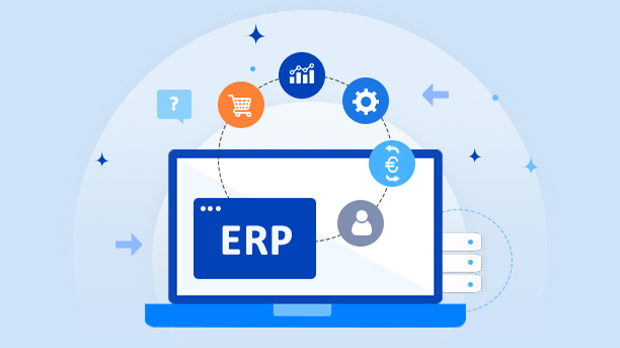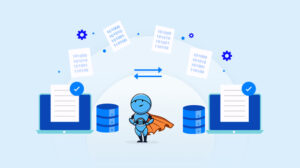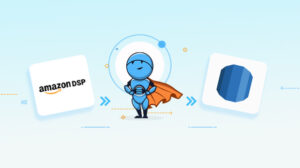Every growing business once it reaches a point where sales are steady but need more information would then look out for increasing its sales. One of the ways is sales promotions and marketing. Now at first, the idea seems very simple, but it comes with a whole lot of complexities and requirements in itself. The very first question is where and how to begin. How much is a good enough budget and what should I be spending? Should I expand geographically or should I focus on existing locations and target online sales? How to manage logistics if I get into collaboration with warehouses? And what not!
The list of questions is unending, and as one sits to plan, it becomes tough to make any decision without having the necessary information available. This is when business intelligence seems to be the most logical next step.
I know the term business intelligence (BI) is vast like a sea, and for someone who has just started to look at things to make more sense, it can be a bit overwhelming.
Let’s understand and look at these steps in detail.
Best Practice of Business Intelligence
- A definite business process improvement in mind. Having a detailed understanding of the business process is a must for this process.
- Why – is an important question that needs to be addressed. This means precisely why we need to attend to this specific problem and why now.
- Who – means who will utilize this information once made available. How large is the user base, and how frequently they will need this information to be updated?
- Then gathering information of all relevant available resources such as where the relevant data can be found related to this process and what other pertinent information that can be linked is available in the organization’s data warehouse. Listing only in-scope data sources limits unnecessary to me spent on irrelevant data browsing.
- Once listed, identifying the data sources, where they are available, in what format, and whether are they accessible is the next task.
- How data will be used is another question that needs to be understood along with what needs to be improved and what are options available etc. Whether the users are interested in visualizations, and how would they prefer the information to be shared holds importance in decision making.
- The next more recommended practice is to define and achieve quick answers to the listed questions first before deep-diving into the vast sea of data available. It helps keep the current task at hand running and assists initial decision-making. Small steps taken towards each business process improvement overall help gather many more answers, and over time, the knowledge base of KPIs increases and new valid business metrics can be defined as and when required. Once done with this thorough analysis
- Listing all security compliance-related requirements helps a lot.
- And eventually looking at the budget that we are considering to choose a suitable tool along with ensuring its future integration within the organization framework helps as well.
By the end of this meticulous and thorough process, there’s a lot of clarity. Now you have your in-scope requirements gathered, documented and ready to be processed.
Once this is done, the next step is mostly standard like you do market research, compare, and list a few top choices. You can reach out to peers for feedback and request a few hands-on demos of the tools that fit your requirements. This helps make informed decisions and once signed on the evolution of the business intelligence tool along with organizations; other business processes are a continuous process. Today’s business Intelligence is a huge umbrella. It doesn’t end where extracting and delivering the expected metrics get over; instead, it begins from there. Deep dives into predictive analytics data mining and ML and data science are the next milestones soon insight.
Generic use cases for Business Intelligence:
- Data Quality Maintenance using BI- To use any tool building trust in data and metrics shown is of prime importance. Business intelligence tools prefer standard data mapping and governance practices for the same.
- Trade Promotion Optimization – the trade promotion strategies are backed up with actual sales data and simulation of trends to help manage promotions better and cost-effectively, giving better ROI.
- Sales and Demand Forecasting using business intelligence – in current days, the raw market data is easily available and can be processed to generate very close to accurate predictions of sales or demand trends, aiding the execution of production cycles and promotions much more effectively.
- Inventory and Logistics Optimization using BI – Extracting complete route, tax, and payments data and processing it through logarithms help BI predict much more cost-effective routes, lower wastage, and maintain optimum inventories.
- Root Cause Analysis using BI – BI helps dive into the depths of the data, breaking it down, slicing, and dicing help explore many hidden causes which can be focused on improvising production cycles, avoiding batch rejection rates, and improving the overall efficiency of the plant.
Enhance your data analytics and business intelligence with an automated cloud data pipeline. Daton is a simple data pipeline that can populate popular data warehouses like Snowflake, Google BigQuery, Amazon Redshift and acts as a bridge to data mining, data analytics, and business intelligence. Sign up for a free trial of Daton today!!













